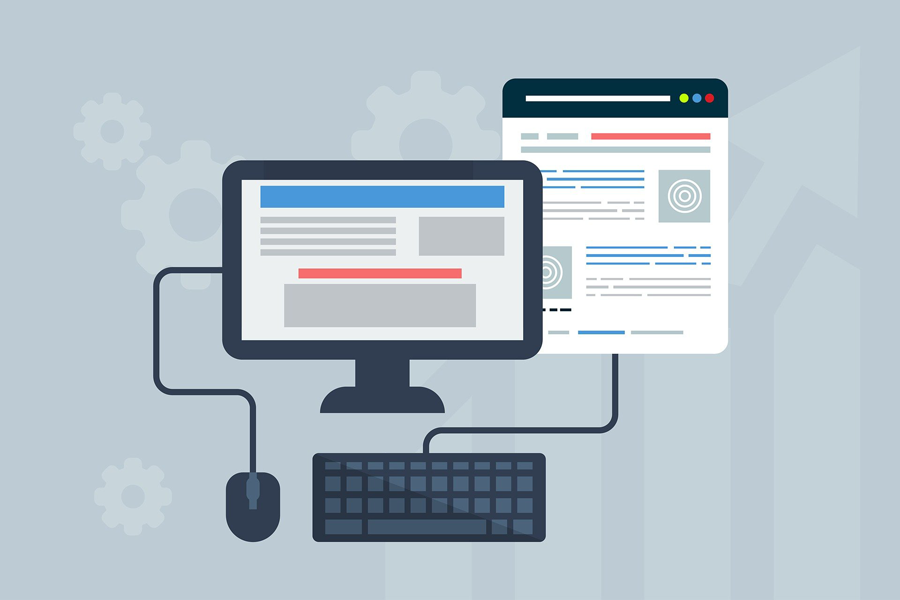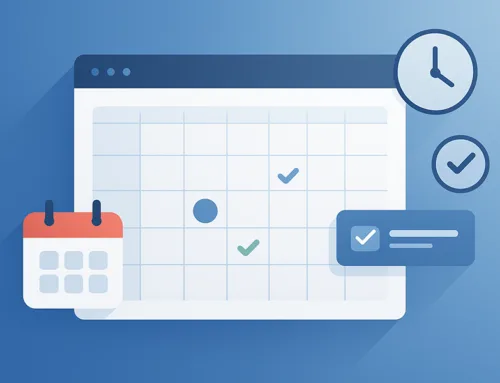We live in a competitive era, where the growth of your business depends on your digital presence. Your website provides an identity to your business that can help increase your customer base.
Along with having good functionality and coding integrity, a website needs to be user-friendly and eye-catching too. Thus, your aim should be to create engaging web designs that will be located via Google or other search engines.
Website designers will be able to create attractive websites that stimulate conversation if they keep in mind some essential factors. Below are 10 such factors that can affect your website design.
Usability
When creating custom web designs, website designers should present information clearly. Usability of a website refers to how long a user or a visitor stays on a website. Irrelevant content or content that is difficult to access should be avoided for better usability.
Easy-to-use websites are essential if you want customers to garner interest in your company. You can optimise the website via proper & concise display of contact information, social sharing options, etc.
Thus, if you are outsourcing your website designing to a website design company, make sure that they use original and custom theme for your site.
Original Content
You can’t downplay the need for good quality content. If your content is original and is in line with your product and service offerings, it will be the backbone of your website design.
Original, Informative, and SEO-friendly content can play a positive role in ranking your website on top of Google search results. Proper placement of keywords, external and internal links, no plagiarism can improve the quality of your website design.
Spun or copied content from your competitors should be avoided.
Visual Design & Appearance
When designing your website, you should keep in mind that humans are visually oriented beings. A website with a clean, qualitative and distinct appearance is definitely hard to forget. An attractive design can impress the viewers within a few seconds.
This will get them to scroll through your product & service offerings. The more time they spend on your website, the greater is the chance of making a sale.
Your website should have a good level of readability, professionalism, and appeal. It represents your entire company to the users. The design should focus on increasing the value of your organisation’s brand.
Speed
It is very aggravating for users when the loading time of a website extends beyond a few seconds. You must, thus, focus on proper speed and page load to avoid the increase of the bounce rate percentage.
Website testing will locate such issues, and steps can be taken to solve the problem.
SEO Optimisation
A website that is informative and attractive can still not be practical to a company if it’s not SEO friendly. Website designers must focus on optimising the website using SEO techniques. These include using meta tags, alt tags, keywords etc.
An SEO-friendly website can rank high on the Google search engines. This gives your website a high level of visibility and a competitive edge.
Navigation
Your custom web designs can cause users to face navigation issues. Once a user leaves due to such a reason, there is a slight chance of them coming back. A difficult-to-navigate website can create a negative appeal to it.
Adding a site map, eliminating excess content, and removing underperforming web pages can help.
A well-crafted layout creates the path for better navigation. For example, your product and service options should be accessible from every page of your website.
Navigation should be functional and non-extreme for a better user experience.
Regular Activity
Adding a blog or other content to your website regularly is an effective way of engaging customers. You can add blogs related to your products and services. You can also add case studies, white papers, and other content.
These resources are a great source of information, and these can be used to update customers on your services.
If you update your company’s blog, you can promote customer communication through it. Your brand and company can gain their customers’ trust by posting creative, engaging, relevant content.
Functionality
A non-functional website is not only disappointing, but it can also benefit your competitors. A fully functional website does not have loading issues, incomplete description, broken links, unreliable contact sections, etc.
Even a single issue can lead to loss of customers. Website designers must, thus, focus on creating a functional website.
Mobile-Friendly
Nowadays, more than half of the internet traffic is generated through smartphones. Thus, the instant browsing facility provided by mobile phones can’t be ignored by companies while designing a website.
Today, website designers need to create websites that can be operated via desktop as well as mobile phones.
If your website is non-usable or unreadable when used via phones, it will have a direct impact on your customer retention. This will also impact the website ranking in the search engines.
For a continuous digital presence, it is important to develop a separate website that is mobile-friendly with responsive and adaptable designs.
Call To Action
If a user is impressed with your website design, functionality, usability, etc., then they need the means to contact you. A website having calls to action will encourage users to connect for their requirements immediately.
If they find it difficult to approach you, they might switch towards your competitors.
Implementing a proper call to action is important for the success of your website. Your call to action can include your email address, contact information, inquiry forms, social media links, etc.
Conclusion
Summing up, the above factors, when kept in mind during the website designing process, can benefit an organisation greatly. You can increase your customer base through an engaging website and also give tough competition to your competitors.
Proper functionality, usability, appearance, calls to action are motivating factors for customers to use your products.
Your end goal is to capture more market share and increase your customers. It can be achieved through a properly designed website. An intuitive website design will fulfill your business purpose and will help you achieve your short-term and long-term goals.





